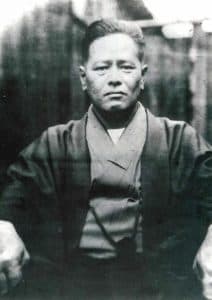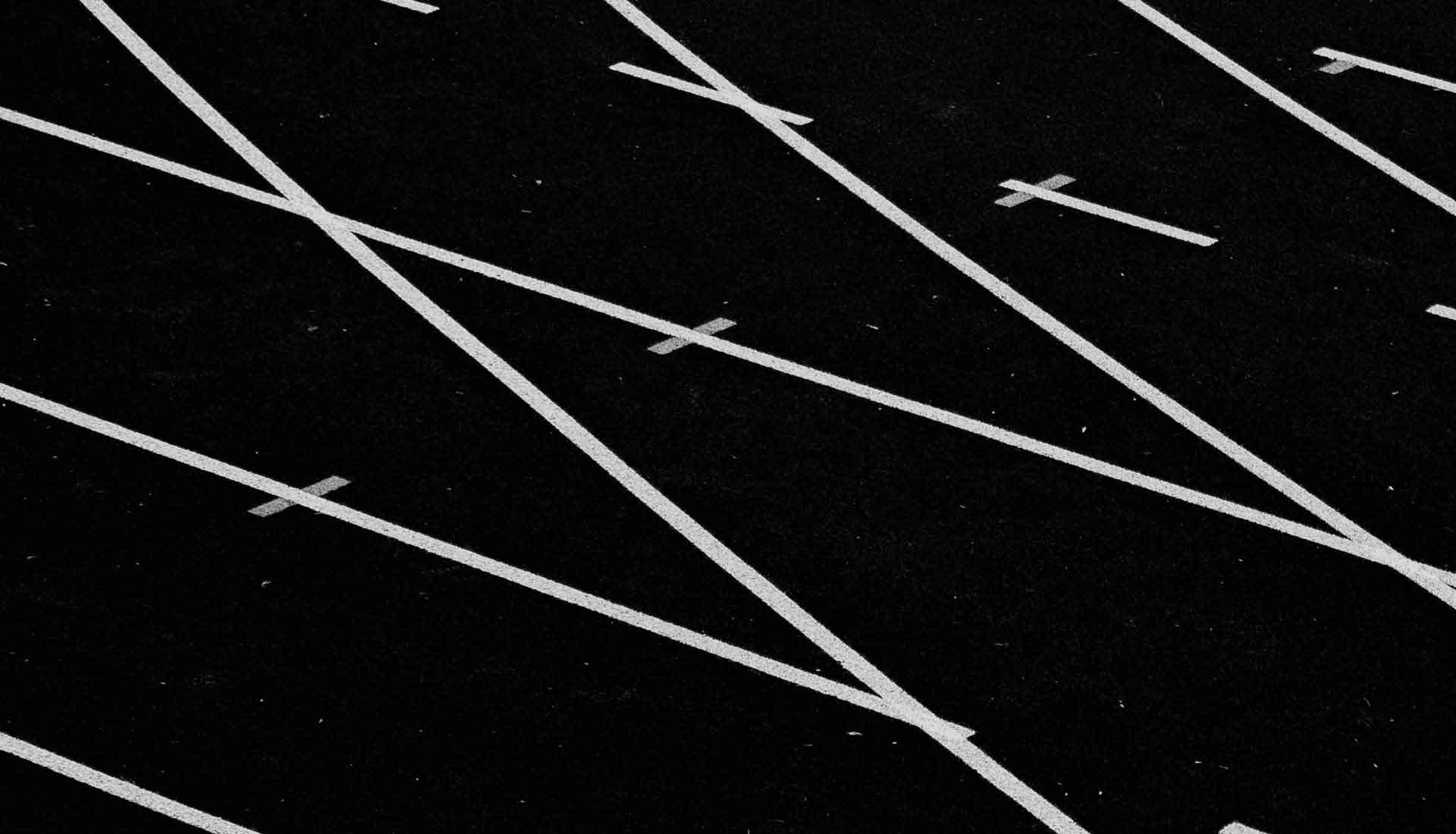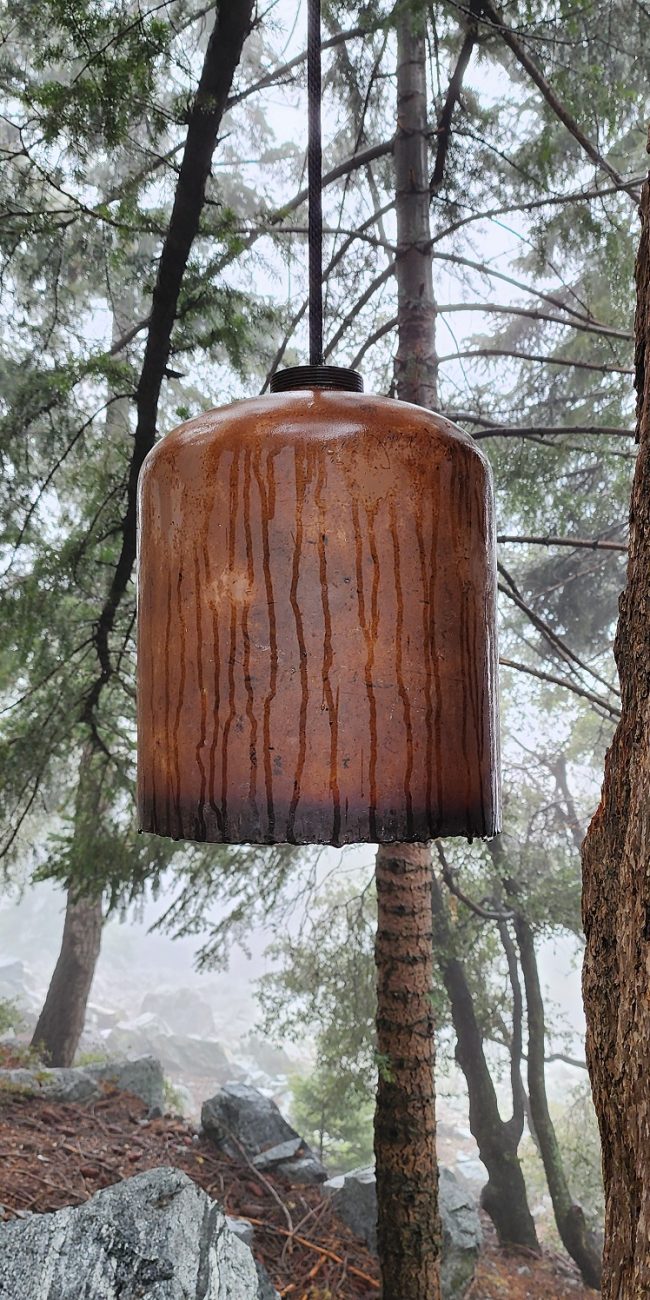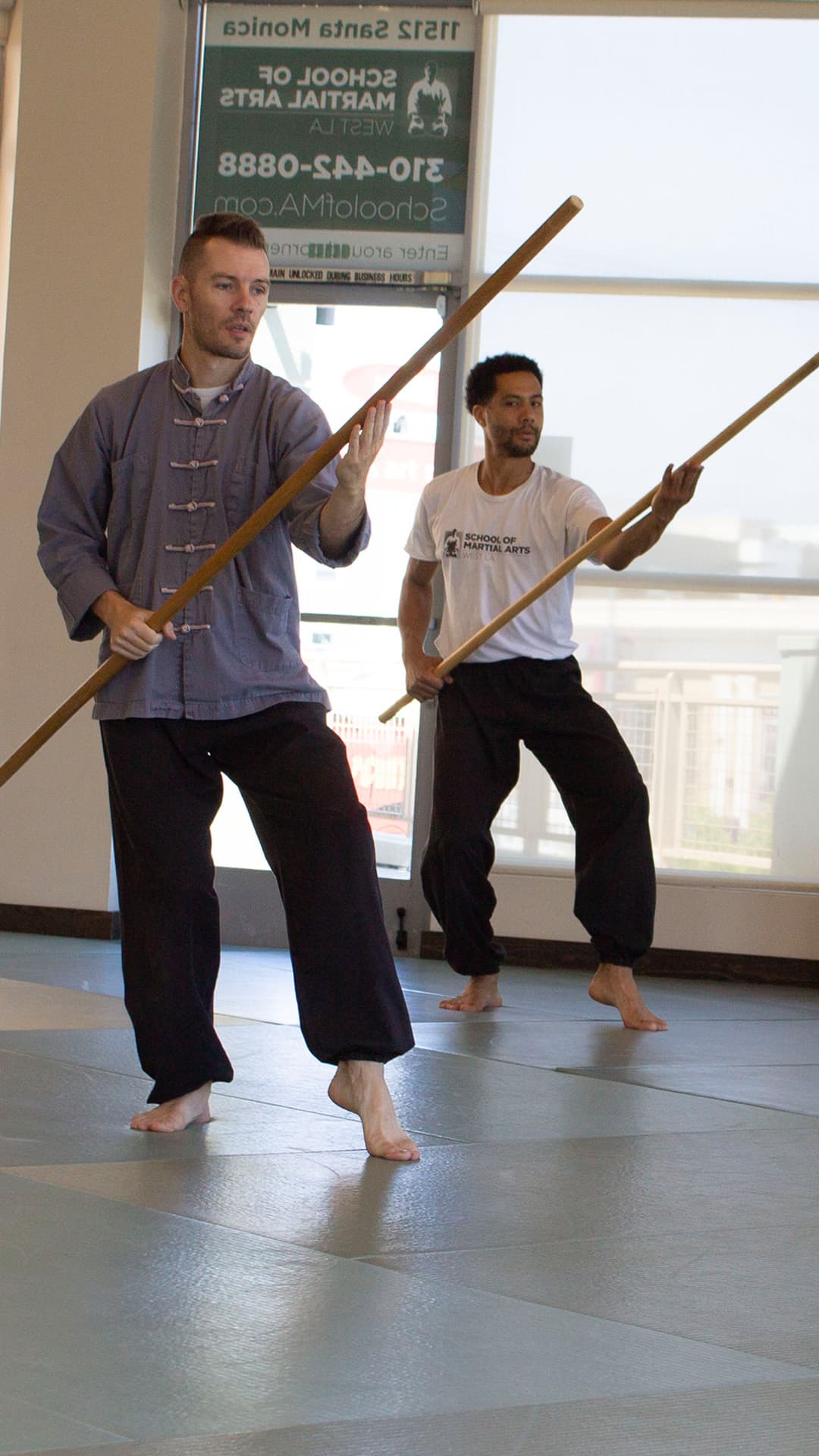When your temper rises, lower your fists – when your fists rise, lower your temper.
– Chojun Miyagi
Most of us remember with fondness the character of Mr. Miyagi played by Pat Morita in the Karate Kid movies from the 80’s. Most people don’t realize that this character was based loosely on the real-life martial arts master named Chojun Miyagi. Here is his story.
Sensei Chojun Miyagi was born in 1888 in Okinawa, Japan. He began his training at an early age with his first teacher Ryuko Aragaki. When he turned 14, his teacher recognized his dedication and skill and sent to study under the revered Naha-Te master Kanryo Higaonna. Miyagi trained hard with Higaonna until his teacher’s death in 1915. In the last few years, Miyagi took his teacher in and cared for him like he was his own father.
Chojun Miyagi in China
Miyagi continued to practice and study martial arts by travelling to China. (My teacher Sifu Brown also practiced Japanese styles, including Goju-Ryu, before studying Kung Fu and Tai Chi in Michigan and during several trips to China). Miyagi was uniquely positioned for this because his father was a wealthy merchant who constantly sent ships back and forth between Japan and China. Very few Japanese martial artists had this sort of opportunity, yet Miyagi’s master Higaonna had done the same years prior. So, Miyagi, following in his teacher’s footsteps, spent time in Fujian province. He brought his Chinese friend Gokenki who was a master of White Crane Kung-Fu. He acted as an interpreter and introduced Miyagi to local martial arts masters with whom they studied. According to some sources, Miyagi practiced both Pakua (an internal style similar to Tai Chi) and more externally focused Shaolin Kung Fu.
When Miyagi returned to Okinawa, he combined his Naha-Te experience with the Chinese martial arts to create his style that he eventually named Goju-Ryu, or “Hard-Soft”. He took this name from a line in Bubushi, a classic martial arts poem. It reads, “the way of breathing is hardness and softness.” This name represented not only the physical but philosophical aspects of his art. Like our style which is also a result of both Chinese and Japanese influence, Goju-Ryu uses striking, sweeps, throws and joint-locks.
The garden dojo
During this time, large dojos with many students were quite rare in Japan. Miyagi taught his students in the back yard of his house which became known as “the garden dojo”. Instead of teaching through group classes, Miyagi and his senior students taught through one-on-one training sessions. There were no scheduled classes. If a student wanted to practice, they showed up and began training. They would hit makiwara boards, practice basic techniques with another student, or train in kata or forms. Miyagi’s favorite kata was Sanchin, which is an ancient form that we also teach to advanced students in our dojo. “If you practice only Sanchin all your life, you do not have to practice any other Kata. Sanchin is so essential and important,” he said. “I think I perform Sanchin well only once out of every 30 times I practice.” (I personally think I have never performed Sanchin well. This isn’t false modesty, but a recognition of how far there is to go even with the basics…so I keep practicing.)
Chojun Miyagi taught all over Japan, but mostly at his home, at local schools and the police academy. When Miyagi died at the age of 65 in 1953, he had not promoted a single black belt. Still, his students want on to spread Goju-Ryu to millions of people throughout the world.
Studying karate nowadays is like walking in the dark without a lantern. We have to grope our way in the dark…There are so many things in karate which do not make sense and there are a lot of things I cannot understand. Therefore, while our grand masters are still alive, we have to see them and ask many questions. I think it is still very difficult to find the answers even if we do so.
–Chojun Miyagi




Apple
Wow ! it was a very interesting story. How long have you been training with Sifu Brown?
Is Sifu Brown a student of Mr.Miyagi?
Looking forward to seeing you in the studio this evening.
Apple
SifuScott
I have trained with Sifu Brown for 18 years. He is definitely not old enough to have been a student of Chojun Miyagi, but I dare say all of us who watched and loved Karate Kid are in some way students of Mr. Miyagi.